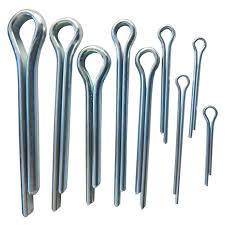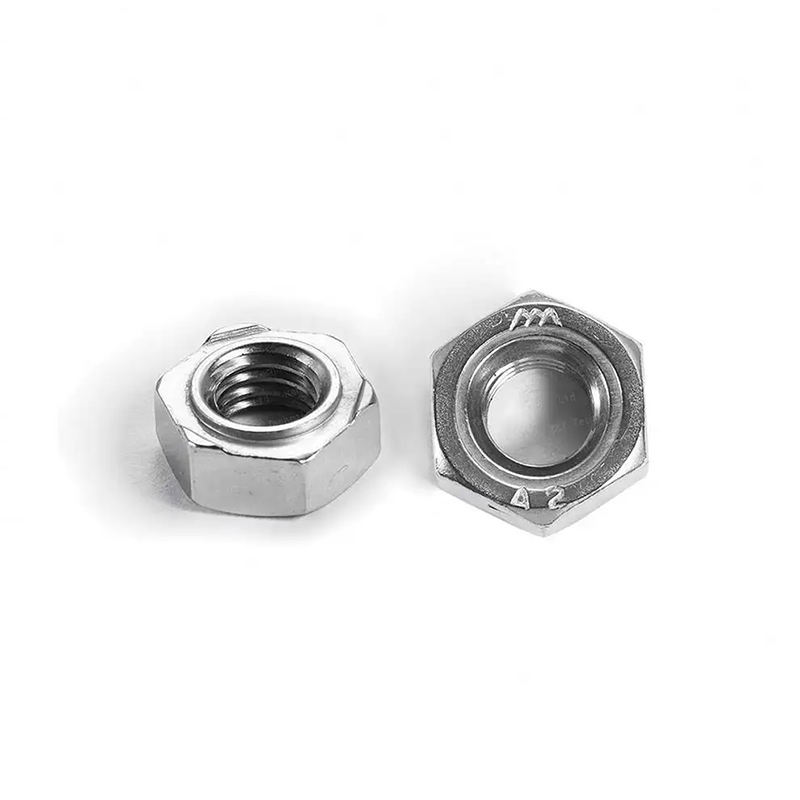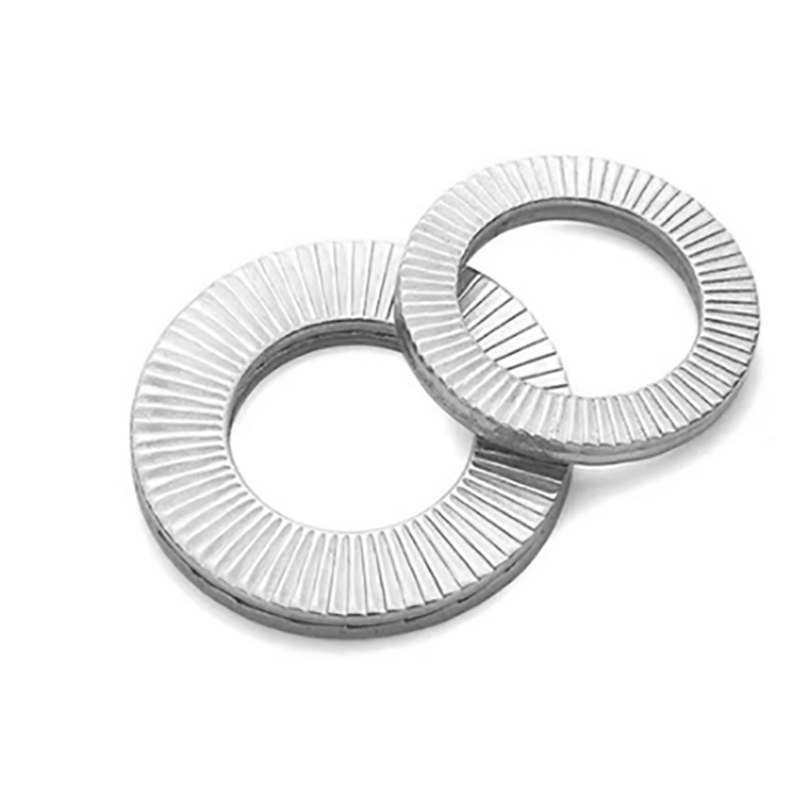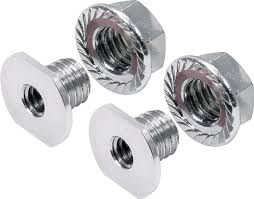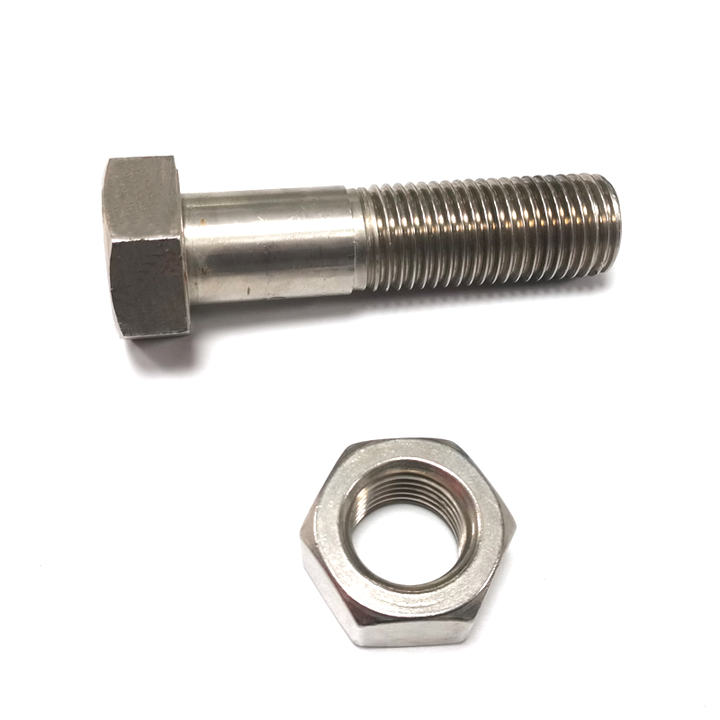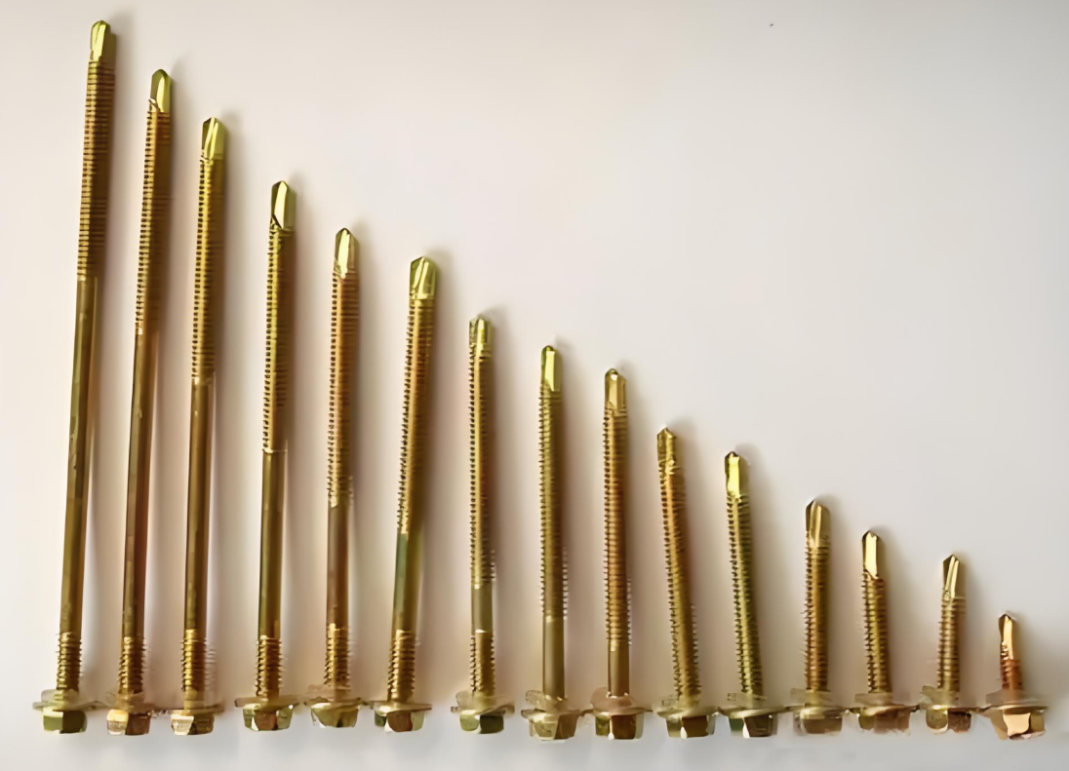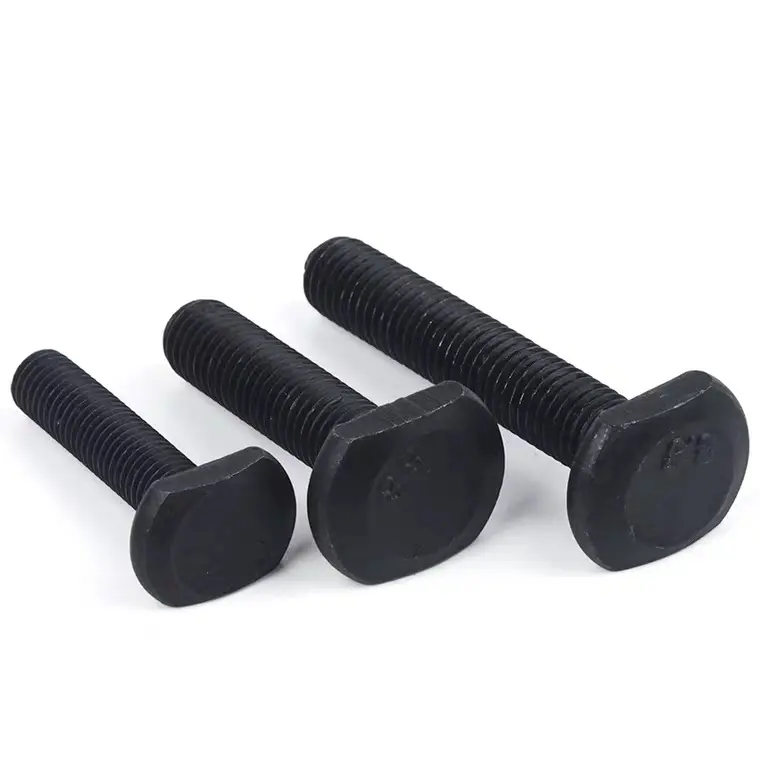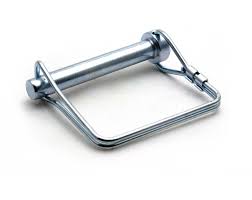

This comprehensive guide explores everything you need to know about clinch nuts, from their design and application to choosing the right type for your specific needs. We'll delve into the various types available, their advantages and disadvantages, and best practices for installation. Learn how to optimize your fastening process with the right clinch nut selection and improve your overall project efficiency.
A clinch nut is a type of fastener that's permanently installed into a sheet metal panel without the need for welding or tapping. It's designed to create a strong, reliable thread for bolting applications. The installation process involves squeezing or clinching the nut's legs against the material, creating a secure, vibration-resistant hold. This makes them ideal for various industries where robust and efficient fastening is crucial.
Clinch nuts come in a wide variety of designs, each with its own unique characteristics and applications. The choice depends heavily on factors such as the sheet metal thickness, material type, and the required strength.
These are the most common type of clinch nuts, offering a reliable and cost-effective solution for general-purpose applications. They are typically made from steel, but other materials like stainless steel are also available for specific environments.
Self-clinching nuts are designed to create their own threads as they are clinched. This eliminates the need for pre-tapping, saving time and resources during manufacturing.
Floating clinch nuts compensate for misalignments during installation, making them ideal for applications where precise positioning is difficult to achieve. This flexibility enhances the ease of installation, especially in high-volume manufacturing processes.
Selecting the appropriate clinch nut is critical for ensuring a successful and long-lasting fastening solution. Several key factors need consideration:
The material of the clinch nut must be compatible with the sheet metal to ensure a strong and lasting bond. Consider factors like corrosion resistance if the application is exposed to harsh environments. Stainless steel clinch nuts, for instance, are a preferable choice for outdoor or marine applications.
The thickness of the sheet metal dictates the type and size of clinch nut required. Thinner sheets might require smaller, less aggressive clinch nuts to avoid damage. Consult manufacturer specifications for compatible sheet thicknesses with specific nut types.
The expected load on the fastened joint will determine the necessary strength and size of the clinch nut. Always choose a nut with sufficient load-bearing capacity to meet or exceed the anticipated stress.
Installation of clinch nuts typically involves specialized tools such as pneumatic or hydraulic presses. These tools provide the required force and precision for a secure clinch. Improper installation can lead to weakened joints and potential failure.
Clinch nuts offer numerous advantages over traditional threaded fasteners:
Clinch nuts find extensive applications in various industries, including:
| Type | Advantages | Disadvantages |
|---|---|---|
| Standard | Cost-effective, widely available | May require pre-tapping |
| Self-Clinching | No pre-tapping needed, time-saving | Potentially higher cost |
| Floating | Tolerates misalignments | May require more specialized tools |
For a wide selection of high-quality clinch nuts and other fastening solutions, visit Hebei Dewell Metal Products Co., LTD. They offer a range of options to suit various applications and material requirements.
Disclaimer: This information is for general guidance only and should not be considered professional engineering advice. Always consult the manufacturer's specifications for proper selection and installation of clinch nuts.

